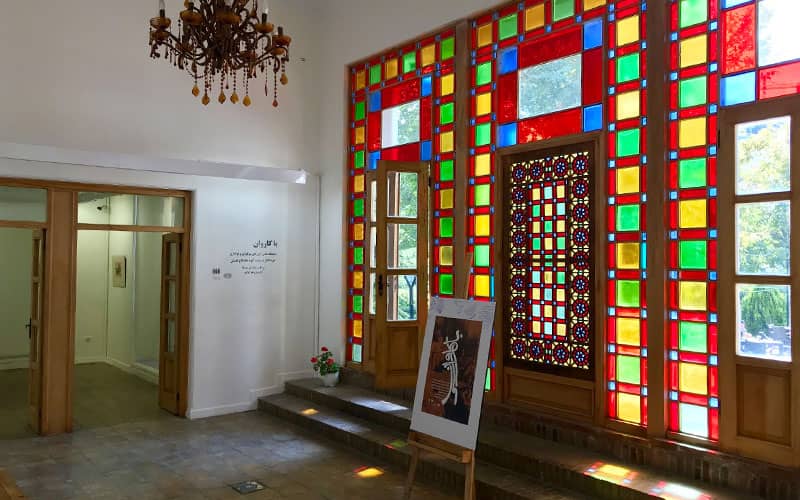Introduction
Museum gardens are pleasant and entertaining places that present historical and artistic works along with their green ambiance. The Iranian Art Museum Garden is one of the greens and spectacular ones in Tehran, it is also called Sepahbod. Such a museum garden has been established in an old magnificent mansion; it has been decorated by prominent Persian architects with green marble stones, plant, and animal motifs. The refreshing atmosphere of the garden is very suitable for friendly gatherings and capturing artistic and memorable images.
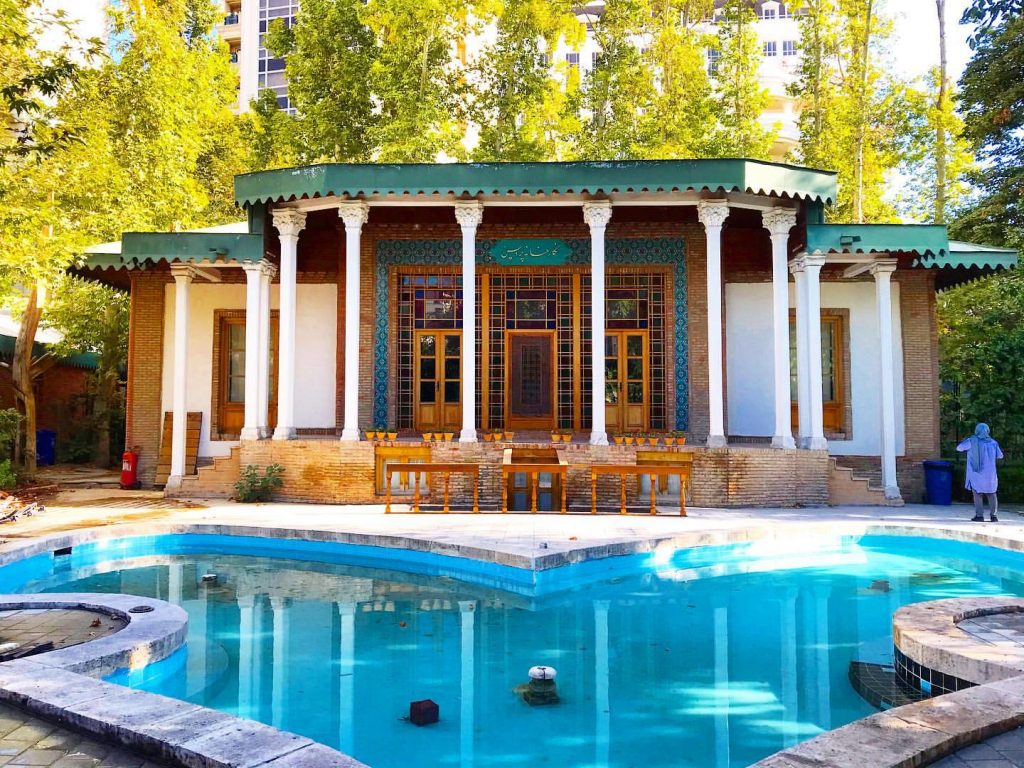
History
The history of the museum garden dates back to the reign of Reza Shah and was built by order of one of the senior army officer’s wife named Turan, to become a summer promenade for their family. We should mention that the initial design of the garden bears no resem-blance to the current one. After the victory of the Islamic Revolution of Iran, the garden’s function changed from a private one to a public place. Many ponds and waterways of the park were added to the gar-den during its reconstruction in 2005. Finally, in 2007, it was reopened as a museum garden.
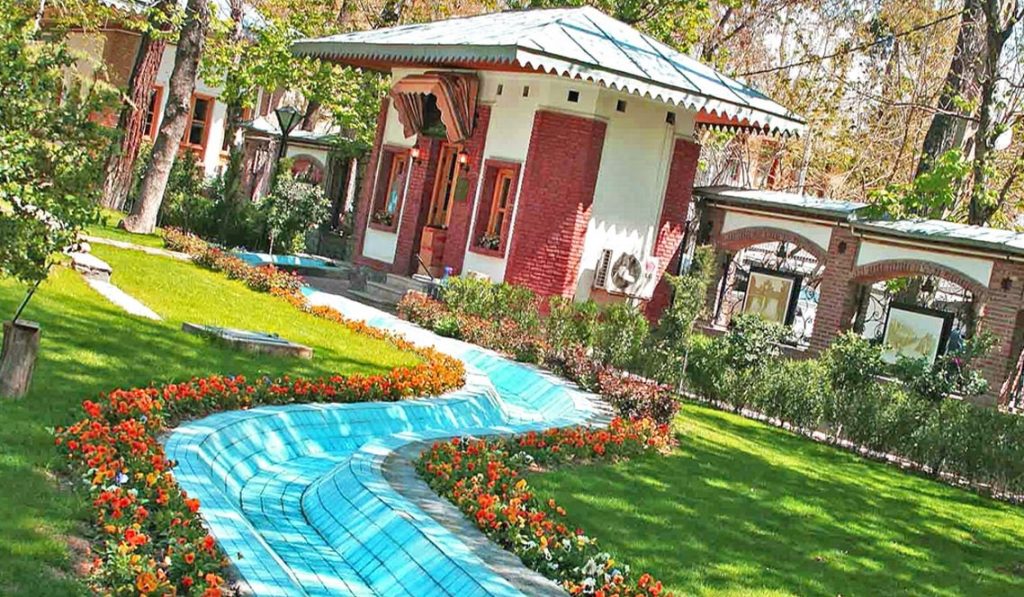
The Museum Garden sights
Having arrived in the garden, the space design inside can attract you to its diverse parts by doubling your sense of exploration. The Iranian Art Museum Garden reflects the original Persian architecture in dis-tinct periods and possesses lotus, tulip, and tall trees. Upon entering such a museum garden, you will be amazed by the extraordinary ma-quettes of different monuments in Persia.
The Iranian Art Museum Garden is generally divided into two parts. The first part embraces incredible models of antiquities and tourist at-tractions of Persia. The second part, which is located inside the mu-seum garden, consists of contemporary artists’ artworks that are maintained in the galleries.
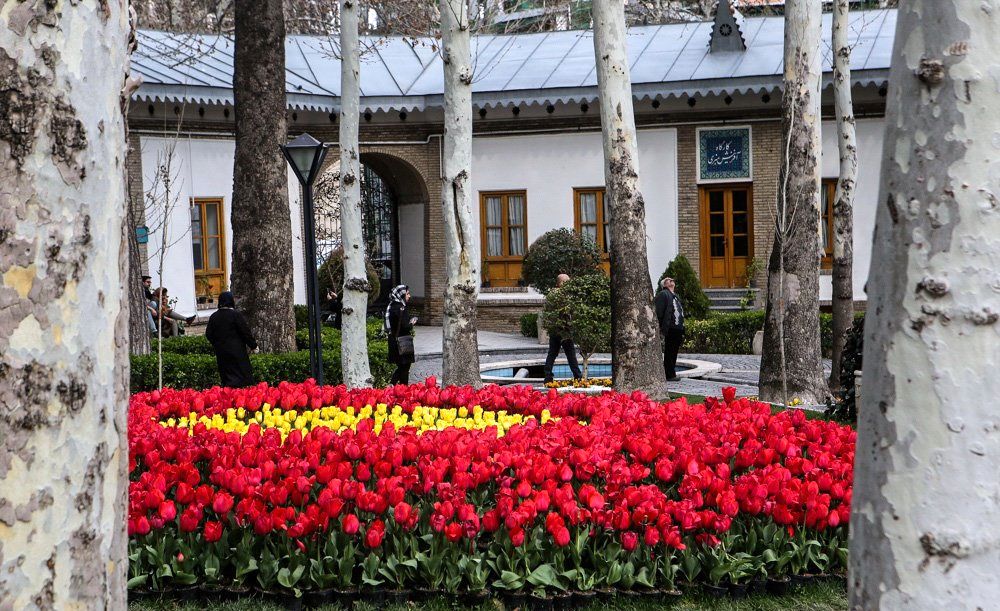
Maquettes in the Iranian Art Museum Garden
The maqusettes left from Mohammad Reza Pahlavi’s time are pre-sented in the outside area. Along with their artistic and aesthetic as-pects, they have a historical value, showing the historical evolution of Persian architecture from before Islam to the last decade. Farah Pah-lavi commissioned these models to Italian artists for the 2,500th anni-versary of the empire. These models, which were unusable for years, were showcased with the opening of the museum garden.
Qabus Dome, Hasht Behesht, Shams Al-Emareh Mansion, Chehel Sotoun Mansion, Si-o-Se Pol, Mahyar Caravanserai, Naghsh-e Rustam, Kashan Fin Garden, Azadi Tower, Milad Tower, and the tomb of Daniel the Prophet models are in the garden. All maquettes are made of concrete, except the Milad Tower model, which is made of composite and does not fit well with other models. Placing these models on the garden path will create a sense of nostalgia for you. In addition to these replicas, other volumetric statues of wood and metal can be seen in the corners of the garden, which are the work of Per-sian artists.
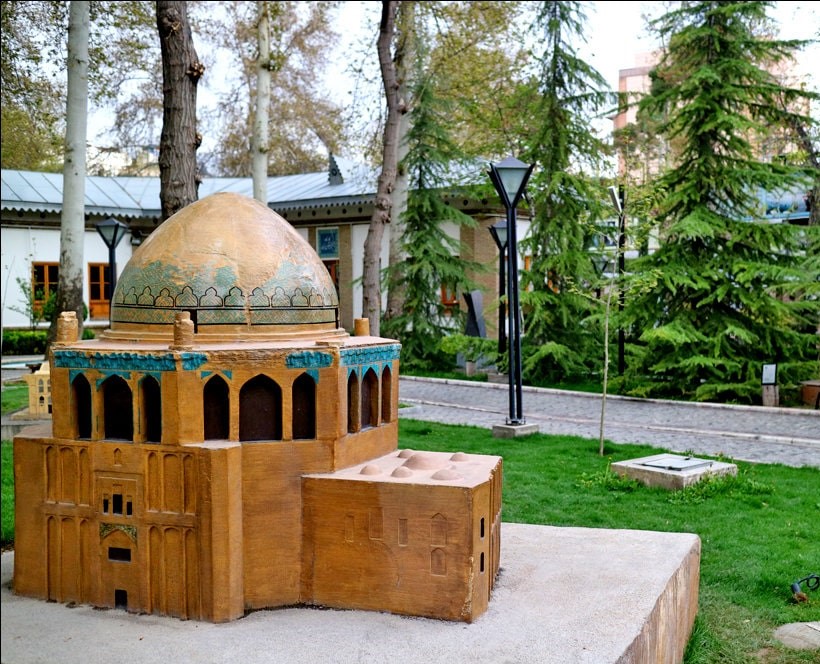
Other Facilities
One of the most astonishing parts of the Iranian Art Museum Garden is the cozy and pleasant bookstore, which houses exquisite rare books. On the left side of the garden, you can see some specific shops that sell Persian handicrafts; the amazing part is that there are tables in all shops where people can relax and enjoy the stunning view of the park. Another sight of the museum garden is the outdoor photo exhibition, which usually exhibits photos of old Tehran. There is a tra-ditional cafe on another corner of the garden that could create an un-forgettable day for you.
